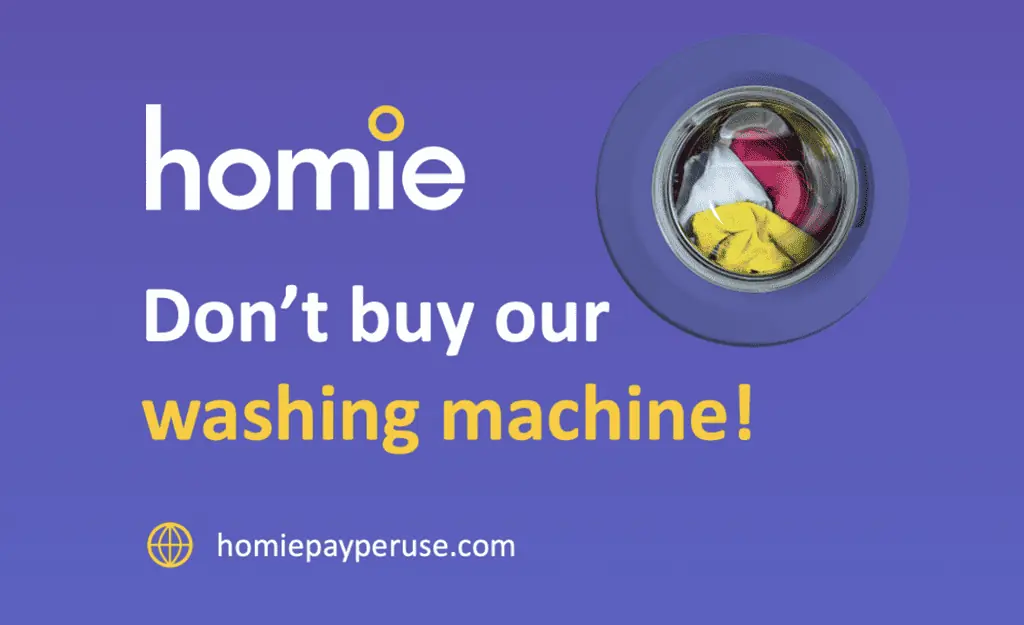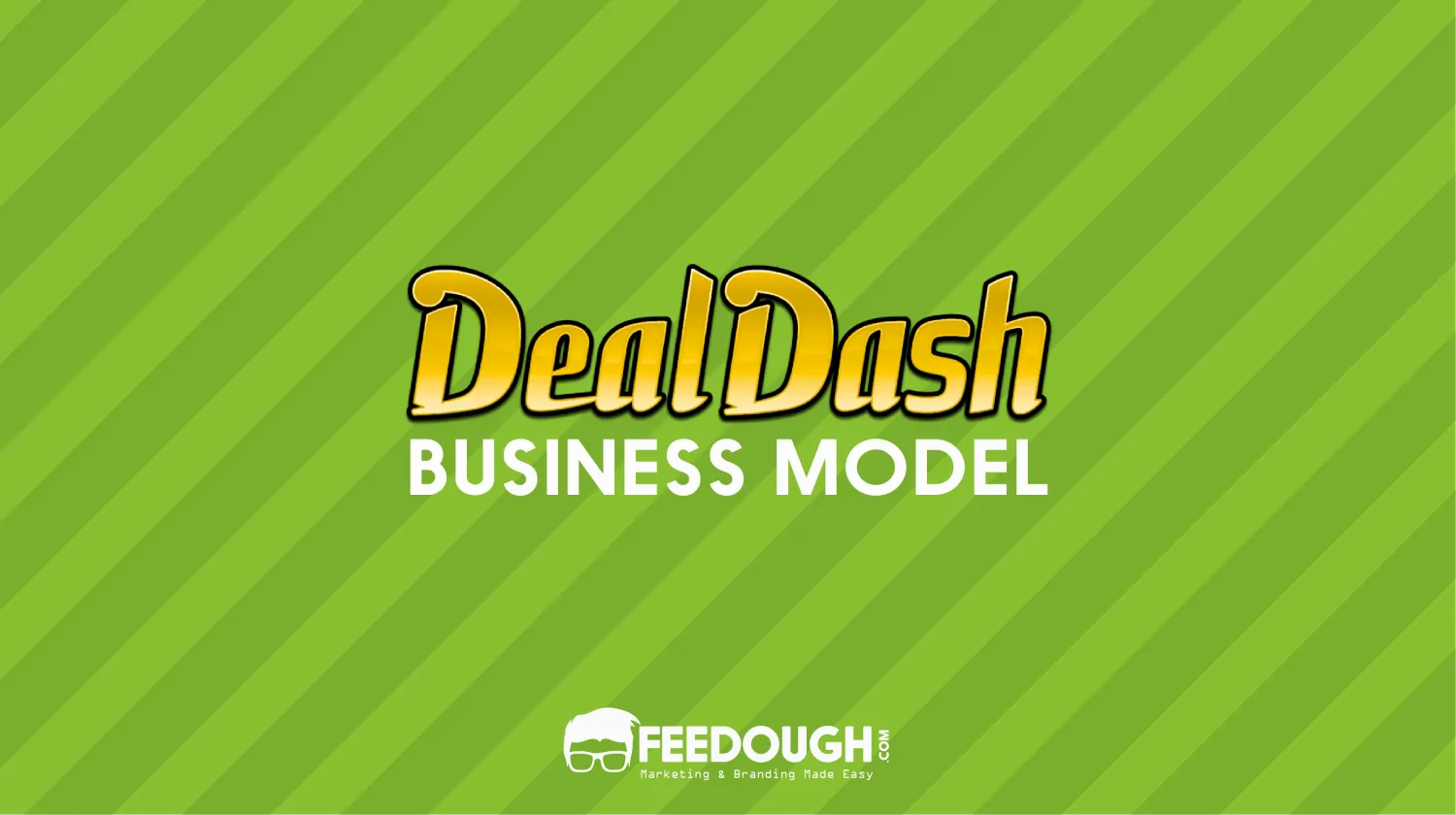Imagine spending a large, upfront cost for a service or product you only used a few times. Wouldn’t that be frustrating? Well, that’s where the pay-as-you-go business model comes in.
The pay-as-you-go model allows customers to pay only for the products or services they use, as they use them, without any long-term commitments or advance payments. This model has proven successful in industries such as utilities and telecommunications, but now businesses of all kinds are exploring the possibilities of adopting pay-as-you-go pricing.
In this article, we’ll dive deeper into the pay-as-you-go business model, exploring how it works, its benefits and drawbacks and why businesses should consider implementing it.
What is Pay-As-You-Go Business Model?
The Pay-As-You-Go (PAYG) business lets users pay only for how much they use a product or service. Like how when you visit a grocery store, you only purchase and pay for the items you need for the week.
With the PAYG model, users do not need to subscribe to a regular payment method or enter a long-term contract. Like Uber, where customers are only charged for the distance they travel, without any financial commitment in advance.
The PAYG model typically relies on a pre-agreed set rate or tariff. This model usually appeals to budget-conscious consumers who are infrequent or temporary users of a particular offering.
Customer Pain Points Addressed by PAYG Model
As businesses seek to serve their customers better, they adopt innovative business models such as PAYG to ensure greater flexibility and convenience. In doing so, they can address some of the most common pain points that customers experience, which are:
- High upfront costs: Traditional payment methods often require customers to pay a high fee in advance or sign a long-term contract. This creates a barrier to entry for users who may not have the financial means or willingness to commit to a long-term payment plan. However, with PAYG, customers are only required to pay for what they use, making it easier to get started.
- Lack of flexibility: Fixed payment models can be inflexible, as customers could feel they are stuck with a set payment plan, even if their needs change over time. For example, a customer on a fixed monthly phone plan may end up paying for more data or minutes than they actually need. However, PAYG plans let customers pay only for the services they need and when they need them. This can be a more flexible option for customers whose needs may change over time.
- Overpaying for services: Fixed payment models often require customers to pay for services they don’t need or use. For instance, a customer who pays a fixed monthly gym membership may not use additional facilities or classes, yet he or she also ends up paying for it. With PAYG, customers are only required to pay for what they use, which can help them save money.
- Complex pricing structures: Traditional payment methods can have complex pricing structures that are often difficult to understand, with hidden fees, different tiers, add-on fees and so on. Essentially, things that are not made clear to the customer immediately. With PAYG, this isn’t the case. The pricing is simple, straightforward and transparent, which empowers the customer to make informed decisions.
Value Provided by the Pay-As-You-Go Model
The PAYG model offers a lot of value to both customers and businesses, and here’s how:
Benefits for Customers
- Flexibility: Customers are only needed to pay for services they require and can use them as or when they want without committing to a prescribed plan that gets charged every month.
- Control: PAYG models give customers greater control over their spending. They can easily monitor their usage and adjust their spending accordingly.
- Affordability: PAYG models can be a more budget-friendly option for those who cannot afford a large sum of upfront payment, are hesitant to commit to long-term contracts or use a service infrequently.
- Transparency: PAYG models offer a simple, transparent pricing structure without any hidden fees or charges. This makes it easier for customers to make informed decisions based on how much they need and can spend.
Benefits for Businesses
- Lower barriers to entry: The pay-as-you-go model can lower the barrier to entry for customers who might be intimidated by committing to a long-term plan.
- Improved cash flow: PAYG models can help businesses to improve their cash flow, as they receive payment for services as they are used. This can help to improve financial stability and reduce the risk of bad debt.
- Learn more about customers: The PAYG model can help businesses understand their customers’ usage patterns to adjust future offerings accordingly.
- Simplified billing: PAYG models offer simpler billing processes for businesses, as they don’t need to manage complex monthly billing cycles or handle disputes over hidden fees or charges.
Revenue Streams
The Pay as You Go (PAYG) model makes money by charging customers for the resources or services they use rather than charging a fixed fee upfront. Two common ways businesses can charge customers under the PAYG model are Prepaid and Postpaid.
- Prepaid: In a prepaid system, customers pay for a set of predetermined services or resources upfront before utilising them. For instance, if you have a prepaid mobile phone plan, you would purchase a predetermined amount of talk time, SMS, and data, and once you exhaust them, you need to make additional purchases to continue using the phone.
- Postpaid: Customers are billed after they use the service or resource. For example, if you have a postpaid mobile phone plan, you’ll get a bill at the end of the month that shows how much talk time, SMS pack, and data you used. You’ll then need to pay the bill for the amount of service you used that month.
Key Considerations
Before adopting a Pay as You Go (PAYG) model, there are several key considerations to keep in mind to ensure a successful implementation. Here are some best practices for implementing and managing a PAYG model:
- Define the pricing strategy: Businesses need to determines the right pricing strategy based on their goals, customer needs, and competition. Consider both usage-based and credit-based pricing models and assess the impact of transaction fees on the business.
- Develop a pricing structure: Create a pricing structure that is not only easy to understand for customers and but also aligns with the business model. Consider offering different tiers of service or features at different price points to attract a wide range of customers.
- Set up payment systems: Choose a payment provider that can handle PAYG payments and integrate with the business’s systems. Ensure the payment system is secure, reliable, and easy to navigate for customers.
- Monitor usage and billing: Track customer usage to ensure accurate billing and identify trends as they help in determining future pricing decisions. Make sure to implement effective billing processes so customers are charged accurately and on time.
- Communicate pricing and changes: Communicate the pricing structure and any changes to customers clearly and in advance. Leave no room for doubt or distrust. Provide transparency in billing and pricing to build trust and customer loyalty.
- Provide customer support: Be swift in offering customer support in every possible way. Help customers understand their bills and usage and promptly address any issues or concerns they may have.
- Iterate and improve: Continuously assess the effectiveness of the PAYG model and make improvements as needed. Make sure to gather customer feedback to inform future pricing decisions and also for improving customer experience.
PAYG Business Model Examples
As the PAYG model is becoming increasingly popular amongst customers, more and more businesses and brands are being encouraged to adopt the same. Here are a few examples:
Dropbox
Dropbox is a cloud storage and file-sharing platform that uses a PAYG model. Customers can sign up for a free account that includes a limited amount of storage and pay for additional storage as needed. Dropbox also offers subscription plans for businesses and individuals requiring larger storage or advanced features.
AWS
AWS is a cloud computing platform offering 200+ cloud services that uses a PAYG model. Customers can choose from a wide range of services, including storage, computing power, and data analytics, and they pay based on their usage of each service. Additionally, AWS offers a wide range of services and integrations, which makes it a popular choice for businesses of all sizes and industries.
Homie

Homie is an affordable pay-per-use solution for washing machines and dryers. Basically, you can order the appliance you need online, and they’ll install it for free. And you only pay for the actual usage of the appliance.
They’ve got two different contract options, “light” and “heavy”, so you can choose the one that suits your washing needs best. And you can switch between them twice a year if you need to. They also have a low monthly minimum fee covering additional costs like maintenance and repair.
Challenges Of Pay As You Go Model
While the PAYG business model can be attractive for both businesses and customers, it requires careful planning and execution to overcome certain challenges, which are:
Difficult To Retain Customers
Since there is no long-term obligation, customers may find themselves less committed to using a particular service or product over time. This can make it harder for businesses to build and retain a loyal customer base.
Revenue Is Unpredictable
For businesses, PAYG can result in unpredictable revenue streams, as they may be unable to anticipate how many customers will use their service or product each month. This can make it difficult to plan and budget for the future.
Technology And Infrastructure
Implementing the PAYG business model may require significant investments in technology and infrastructure, such as developing mobile payment systems or building distribution networks to reach remote or underserved areas.
System Complexity
Implementing a PAYG business model requires businesses to develop and maintain complex systems to manage customer accounts, track usage, and collect payments. This can be a significant challenge, especially for smaller businesses or startups that may not have the resources or expertise to develop and maintain these systems.
Key Takeaways
- The PAYG business model allows customers to make a one-time purchase of an offering without having to subscribe to a long-term plan or regular billing.
- The PAYG model is often used in various industries such as telecommunications, software-as-a-service, advertising, cloud infrastructure and utilities.
- The PAYG model lowers the barrier to entry for customers and enables the business to focus on products that deliver better return on investments. However, the model is not ideal for customer retention and predicting revenue is difficult.
An ardent reader, full-time writer and a lover of all things purple. Riya is an entrepreneurial spirit, making her way in the start-up industry through her expressive writing. When not working, you can find her jamming to music, watching period films, eating sushi, or petting cats.









